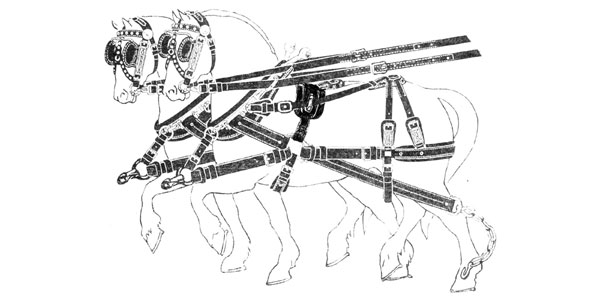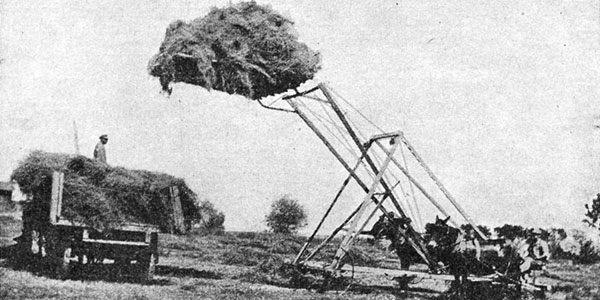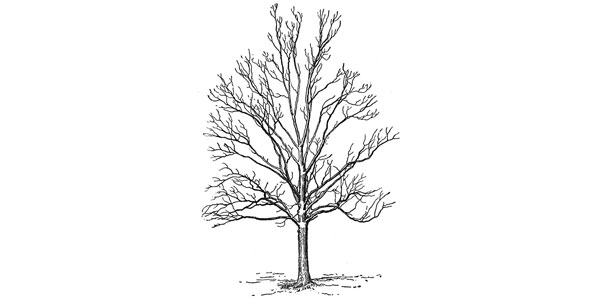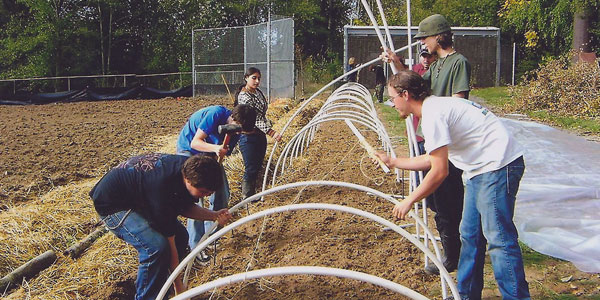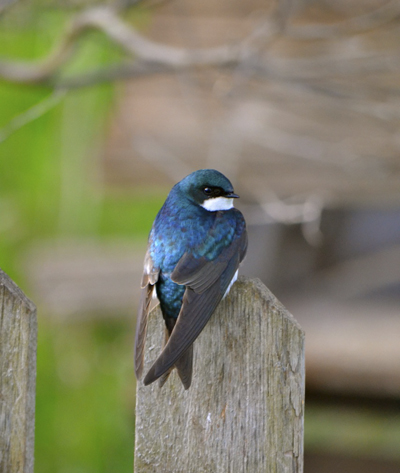
Rotation As A Means Of Blight Control
Below is an excerpt from Farm Economy: Twelve Courses in Agriculture, published in 1916, explaining the merits of rotating crops.
“Introduction – Every farmer knows that when a crop is grown on the same field year after year, it becomes inferior in quality and the yield steadily diminishes. For many years this was attributed to soil exhaustion- to the actual using up of the elements of fertility in the soil. We now know that this deterioration is not due to soil depletion alone, but to the attacks of fungi and moulds also.
Potatoes grown continuously on the same soil become infected with potato scab and all the various kinds of rots. These rots and scab organisms live through the winter in the soil and multiply with every crop until at length the field must be given up. So wheat and barley and oats transmit many similar moulds and fungi to the soil, where they live and multiply with each succeeding crop.
Some fungi rot away the roots of the grain plant so that when the hot winds come in heading time, there are no roots left to carry water to the grain heads. These heads cannot then fill out properly, the tip becoming shriveled and shrunken. In the first wind storm, the straw, having no anchoring roots left, crinkles over to the ground. These fungi are the true cause of blights.
Other fungi content themselves with entering the plant and robbing it of the food which it has stored up for itself. The plant, thus deprived of its proper nourishment, cannot grow to its full size, or reach full maturity. The fungi which produce this stunted growth are called canker fungi, and a plant attacked by them is “cankered.”
In time the field becomes infested with thousands of these different fungi which lie, literally, in ambush in the old stubble and attack the young grain plants as soon as they emerge from their protecting seed-coats.
The Principle of Rotation – Where the fields are only moderately infected with fungi, moulds, and rusts, the best method of combating them is by crop rotation.
Fortunately for the farmer a given fungus can live only on its host, the plant upon which it is accustomed to feed. Very few fungi can attack more than one kind of a plant, and those which can are confined to close relationship with the host plant. Potato scab fungi cannot affect wheat; wheat fungi cannot affect corn; corn rot fungi cannot affect cotton. It is possible for some fungi to attack both wheat and barley, because they are rather closely related and their growth habits are similar. This knowledge gives us a good method for controlling diseases.
We have only to starve the fungi out by planting in succession a number of totally different crops. Very few fungi can live more than a year without their host, and if we keep their particular host plant off the field for two or three years by substituting other crops for it, their destruction is certain. Of course these other crops bring in their particular fungi, but these are starved out in the same manner.
Thus, if we plant corn on a field which has been devoted to clover, the clover fungi cannot live on the corn plants and so die. If we follow corn with a crop of wheat, the corn fungi cannot live on the wheat and so must die. If now we return to clover, the wheat fungi cannot live. The interval of three years between each successive crop insures in most cases the death of all its particular moulds and fungi. The greater the number of different crops in a rotation, the more completely are the fungi destroyed.
Profitable Rotations – Rotations, however, must be composed of profitable crops for the locality. Otherwise the prevention is rendered useless. As a general rule a complete rotation should consist of a year of cultivated crops to get rid of weeds and insects, and a year in grain. On heavy soils, the rotation should include a forage crop to be plowed under in the fall. On sandy soils, clovers, alfalfa, soy beans, vetch, or some similar legume should be given precedence in building up the soil. Cultivated crops can usually be grown for two successive years where profitable, because cultivation holds the fungi in check for a time and cleans the land of weeds. A four or five-year rotation of profitable crops, carefully handles, will improve the quality of all. More than this, is a legume is included, the crop fed on the farm, and the manure carefully handled, the soil will be build up rather than depleted, and the use of commercial fertilizer rendered almost unnecessary.
One of the most common ways of making rotation useless is by being careless about the straw used in manure. We cannot expect to rid our fields of wheat fungi if we spread wheat straw manure over the rest of the rotation. The same is true for all our grains. Do not put manure made from a certain kind of straw upon a field that is to produce that same crop, but put the manure on a field that is to grow some entirely different crop.”

